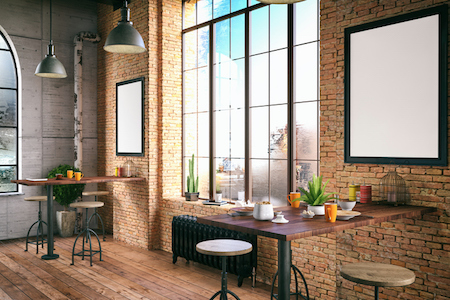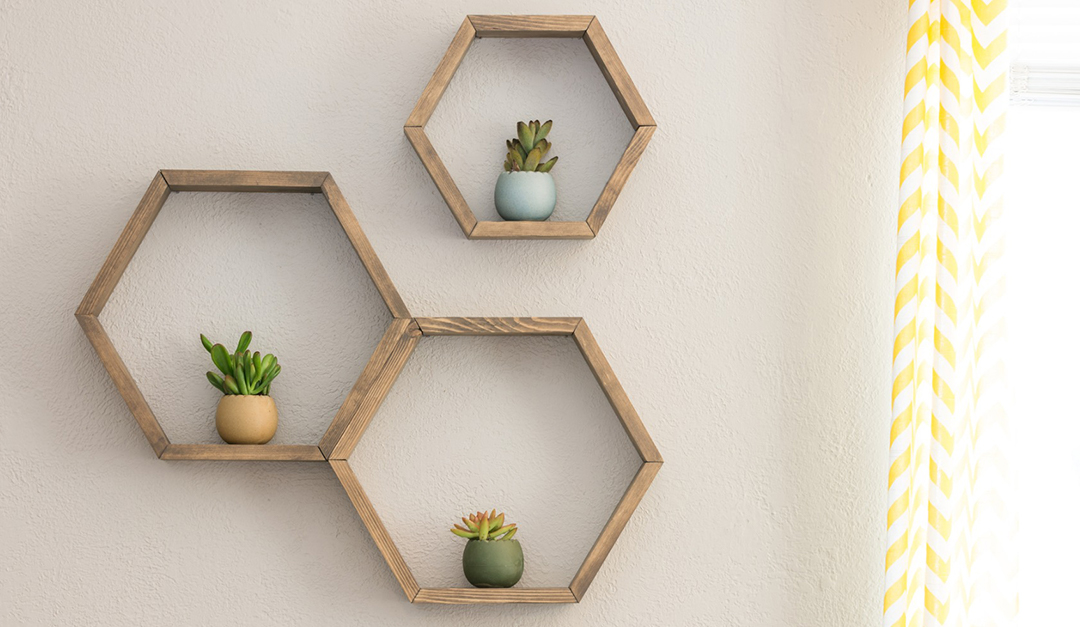If you’ve read enough real estate listings, you’ve probably seen the terms “hard” loft and “soft” loft. Loft spaces are trendier than ever, but do you know the difference between them? Here’s a breakdown:
What’s Old is New Again
A hard loft, sometimes called a loft conversion, is a residential space that has been converted from a factory, warehouse or some other type of commercial unit. These are popular with a certain niche because they tend to be older buildings that have unique features like exposed brick walls, pipes, large windows and sometimes interesting layouts. For example, you’re likely to find lofted sleeping areas or oversized studio spaces with no discernible room dividers in these types of units.
Built from Scratch
A soft loft has been built from the ground up to incorporate loft-like features. These usually include high ceilings, exposed concrete or ductwork and oversized windows. Some people think of soft lofts as not being true lofts, but many buyers appreciate their raw, urban features and the modern upgrades that come with a newer building.
Things to Note
Because hard lofts are usually converted from older buildings—even heritage buildings—units rarely have balconies. This is because there are often regulations about altering the façade on certain historic structures. For the same reason, hard lofts are usually light on amenities, like pools or party facilities. They also tend to not have concierges. Some people move into condos for features like amenities and 24-hour security, but if you love the unique look of a hard loft and don’t mind a quieter building with less features, a hard loft might be a great option for you. Sometimes this also means the condo fees are lower in loft buildings!
Not only do they provide a unique living space with a rich historical background, but loft buildings remain trendier than ever.










